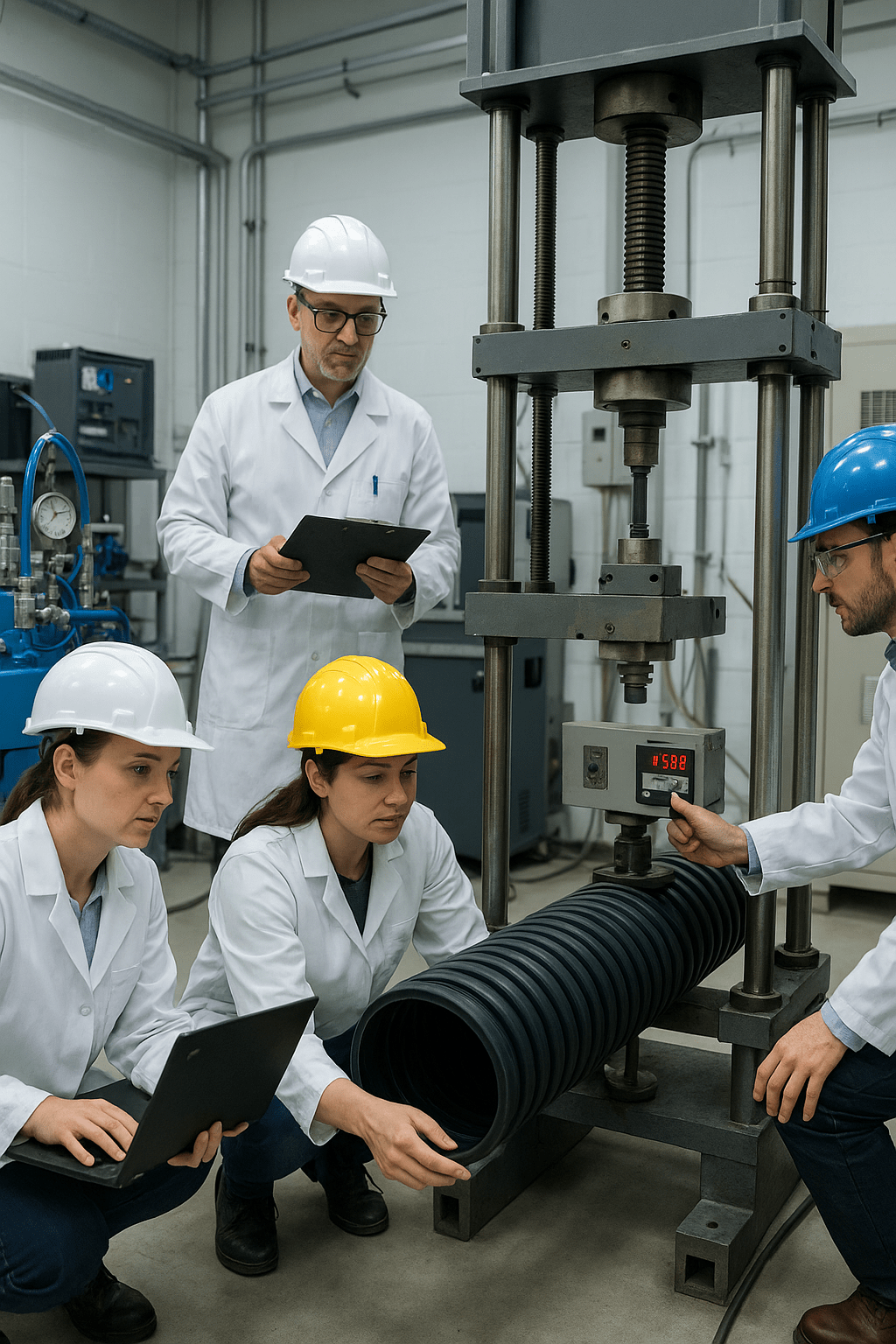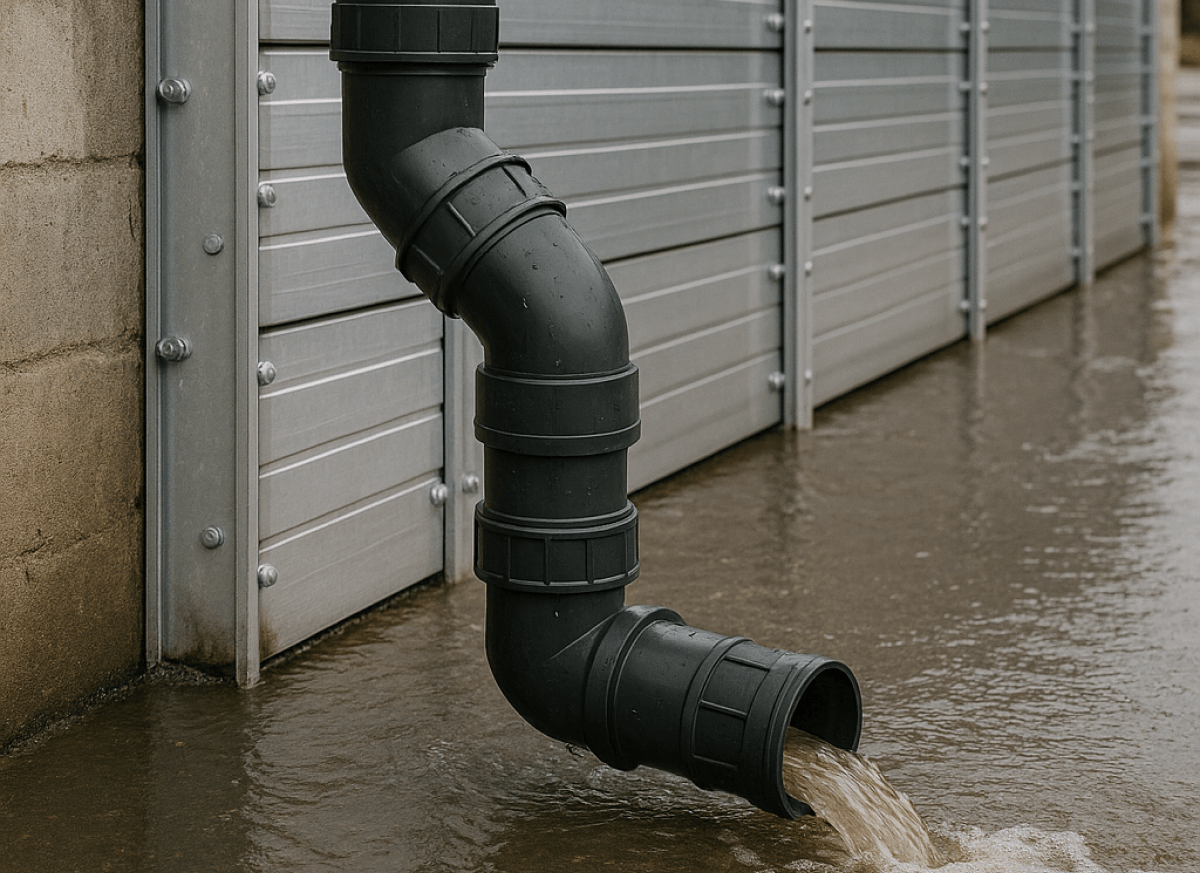
Introduction
The infrastructure of tomorrow demands materials that are sustainable, efficient, and built for longevity. Plastic pipes are emerging as a critical solution — reshaping industries from water management to urban development while reducing environmental impact.
Why Pipeline Inspection Is Essential for Safety
Regular inspection is the backbone of pipeline safety and longevity. Without timely maintenance, small issues like minor leaks, corrosion, or blockages can escalate into catastrophic failures – leading to environmental damage, safety hazards, and major financial losses.
Key benefits of regular inspections:
- Prevent costly failures through early detection of problems.
- Minimize downtime by scheduling maintenance proactively.
- Extend pipeline lifespan and reduce emergency repairs.
- Enhance safety by detecting leaks, corrosion, and hazardous conditions early.
With global pipeline infrastructure aging and demand for safe, reliable energy and water transport growing, advanced inspection technologies are more vital than ever.

Technologies Driving Innovation in Pipeline Inspection
1. Robotic Inspection Systems
Robotic crawlers are revolutionizing internal pipe inspections by eliminating the need for excavation. These advanced robots:
- Capture high-resolution images and video from inside pipelines.
- Access hazardous or hard-to-reach areas safely.
- Perform ultrasonic and electromagnetic testing to detect cracks, rust, or structural weaknesses.
2. Remote Sensing and Drone Technology
For above-ground pipelines and large infrastructure, drones equipped with infrared cameras and high-definition sensors provide:
- Rapid inspections over vast distances.
- Safety improvements by keeping personnel out of hazardous zones.
- Thermal imaging to detect leaks and temperature changes invisible to the naked eye.
3. Smart Pipe Inspection Systems
Embedded smart sensors continuously monitor pressure, temperature, and flow rates, sending real-time alerts to operators.
Benefits:
24/7 monitoring for constant oversight.
Predictive maintenance based on actual performance data.
Data-driven decision-making for targeted repairs.
4. Artificial Intelligence & Machine Learning
AI-powered systems process massive amounts of inspection data from robots, drones, and sensors, enabling:
- Faster anomaly detection in real-time.
- Improved accuracy through continuous learning.
- Optimized maintenance schedules to reduce downtime.
Overcoming Key Challenges in Pipeline Inspection
Accessibility Issues:
Robotics and drones eliminate the need for costly excavation or unsafe manual inspections in hazardous environments.
Aging Infrastructure:
Advanced ultrasonic and electromagnetic testing tools provide detailed structural assessments without damage.
Complex Pipeline Networks:
AI analytics combined with IoT-enabled sensors allow operators to efficiently monitor large-scale networks with precision.
Conclusion
From robotic crawlers and aerial drones to smart sensors and AI analytics, innovations in pipeline inspection are setting new standards for safety, efficiency, and cost-effectiveness.
Industries adopting these technologies benefit from:
- Reduced downtime
- Lower maintenance costs
- Extended asset lifespan
- Increased operational safety
As infrastructure ages and demand for reliability increases, these technologies will be at the forefront of pipeline management and maintenance worldwide.
Explore our related insights:
HDPE in Construction,
Urban Infrastructure Trends.
For broader standards and guidance, visit:
European Polymer Standards.


